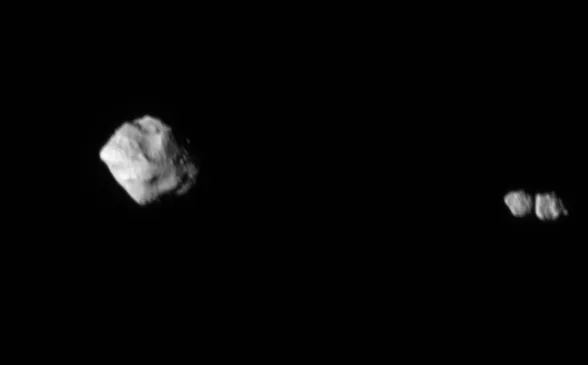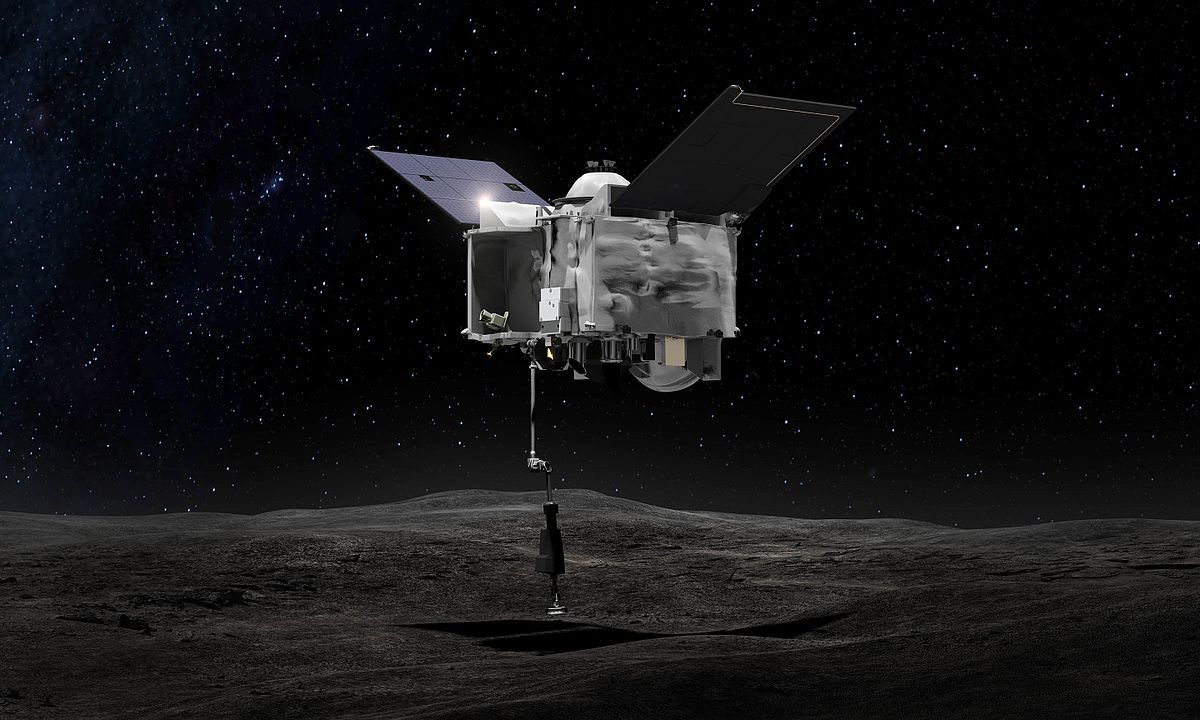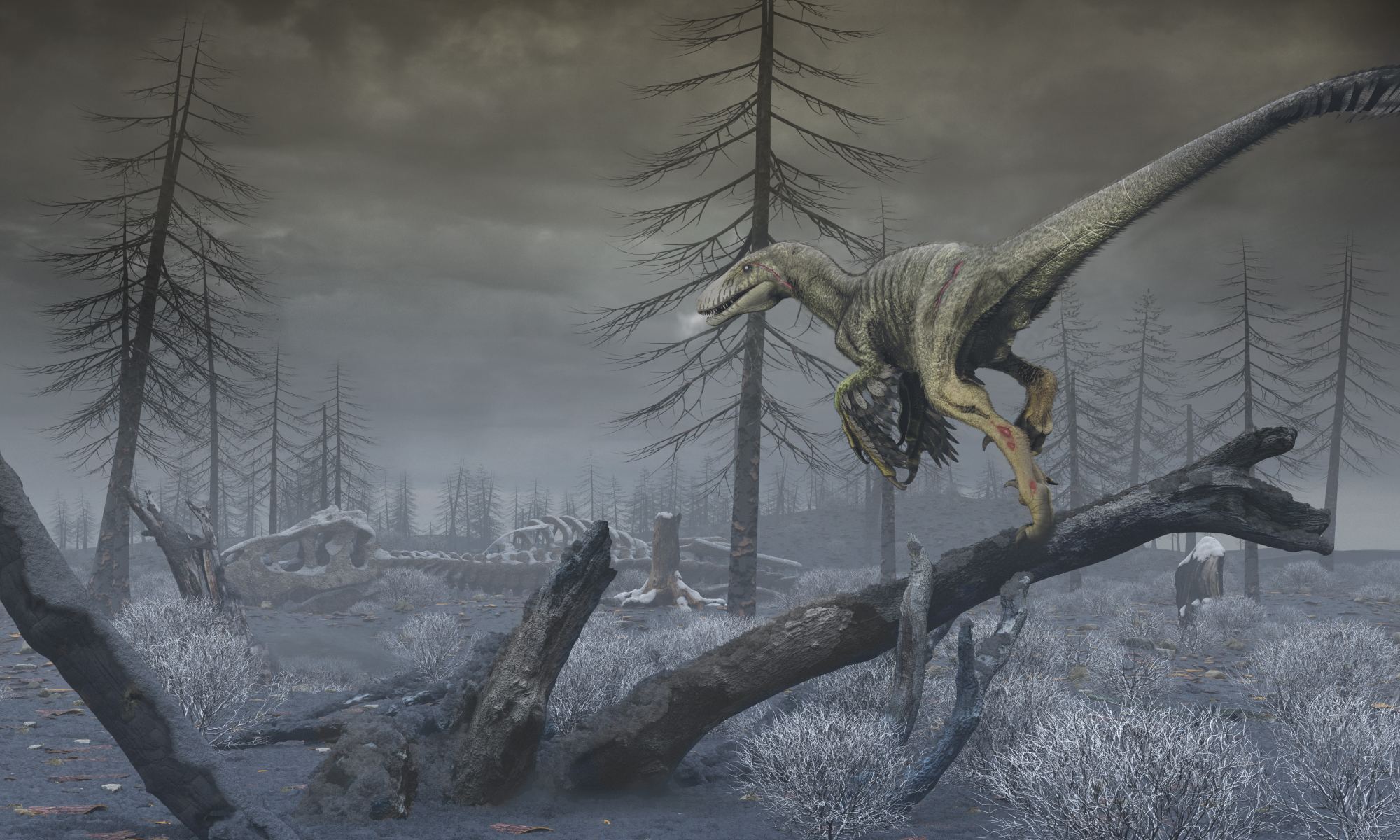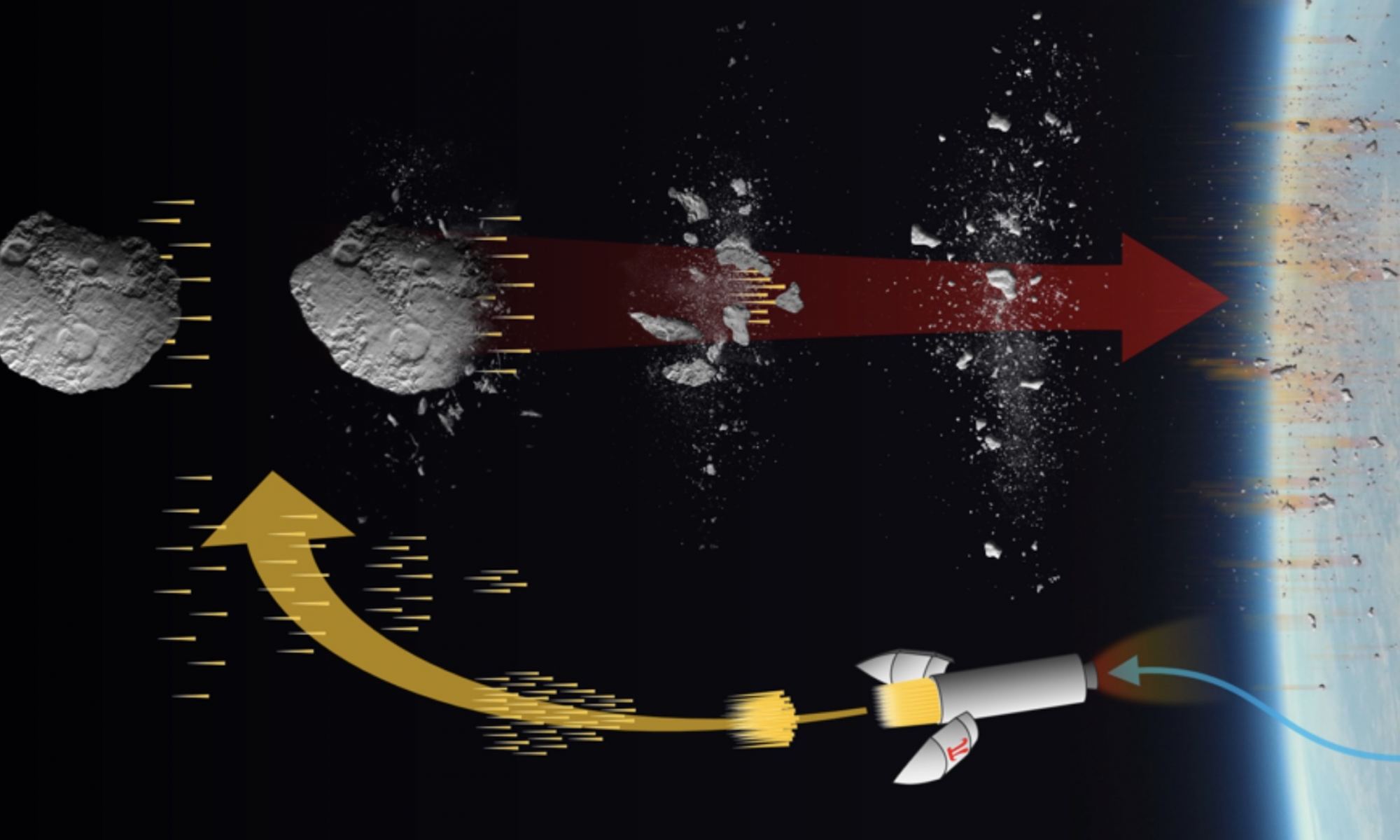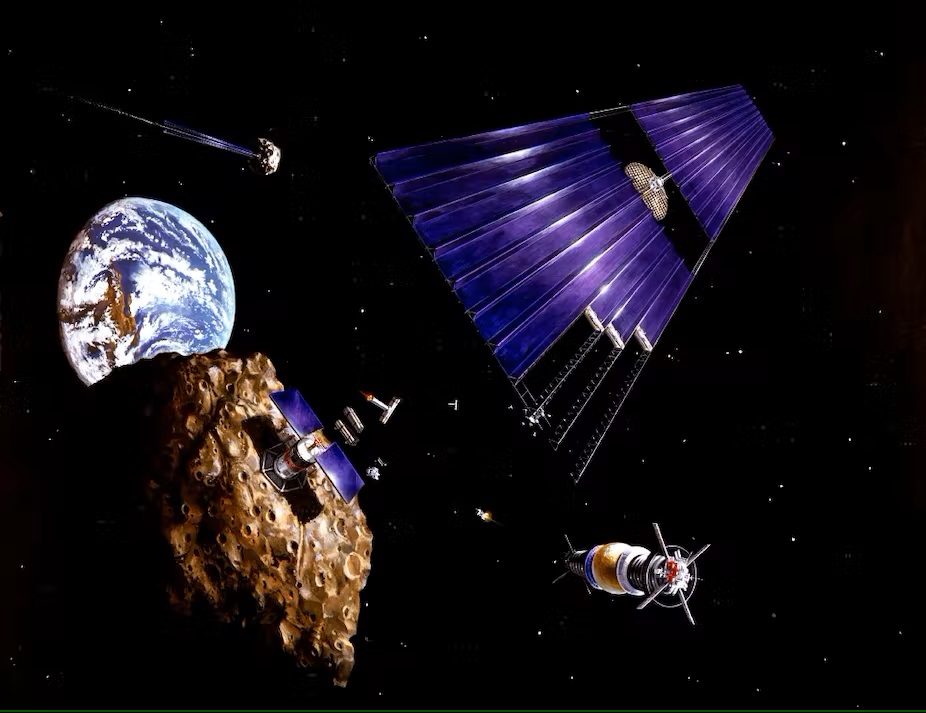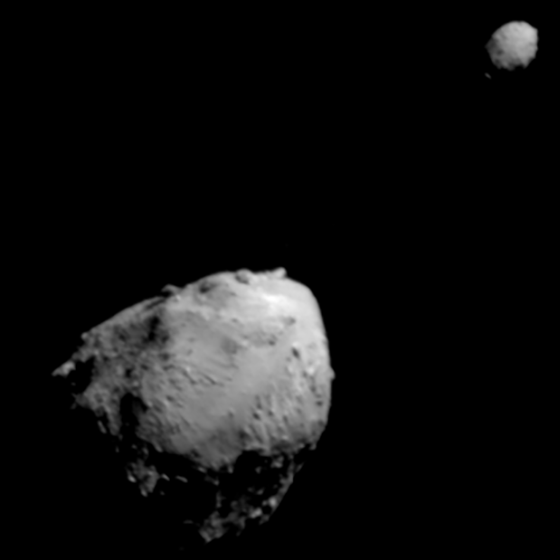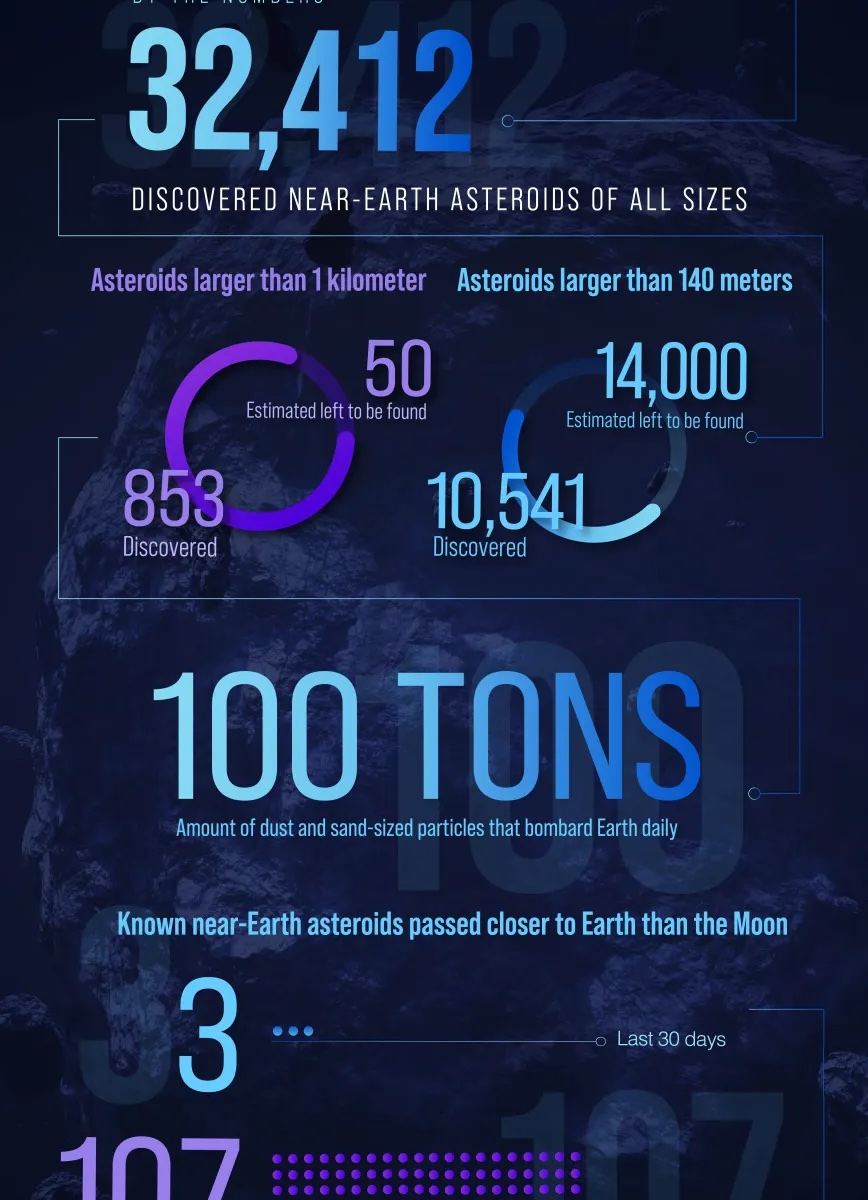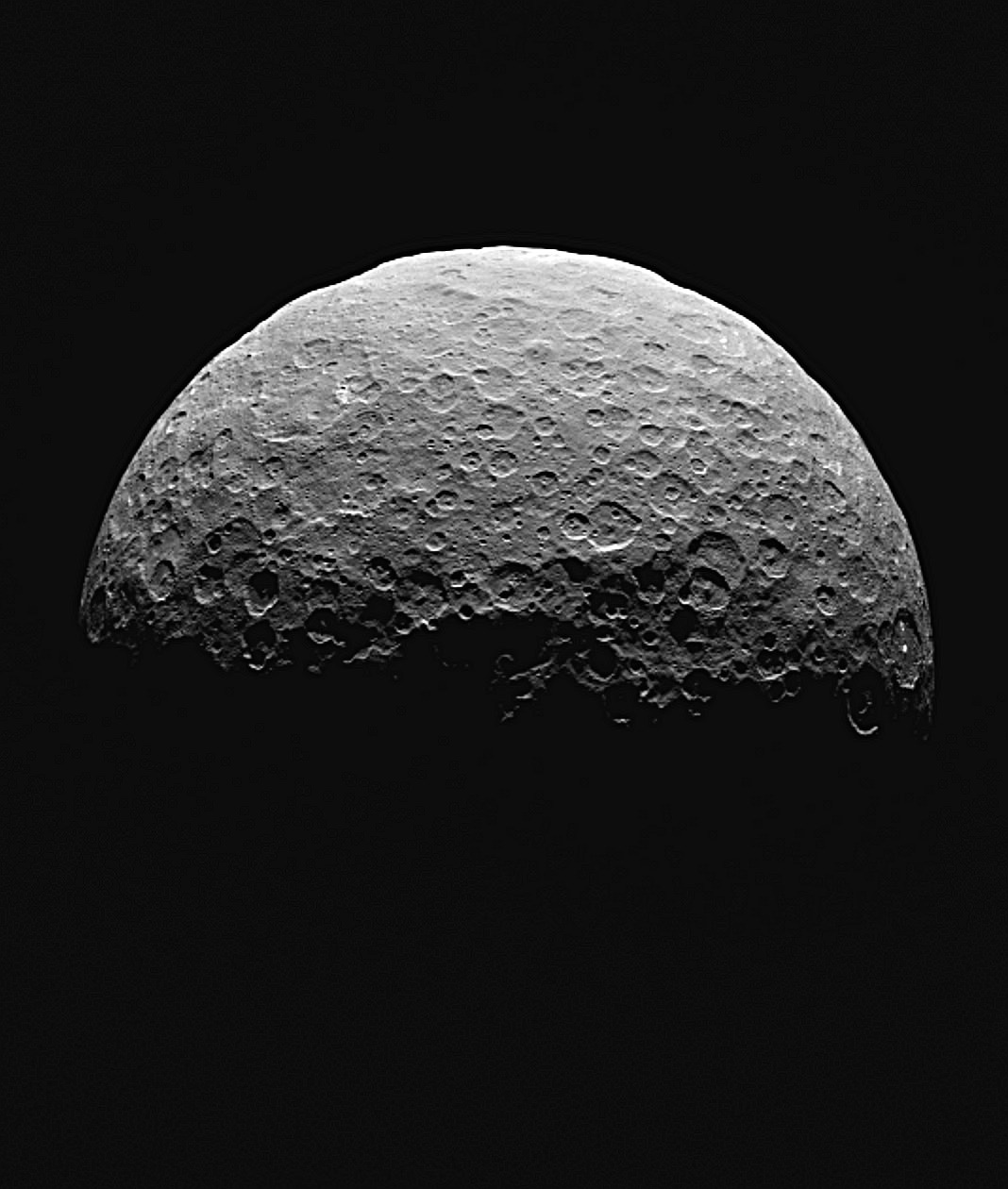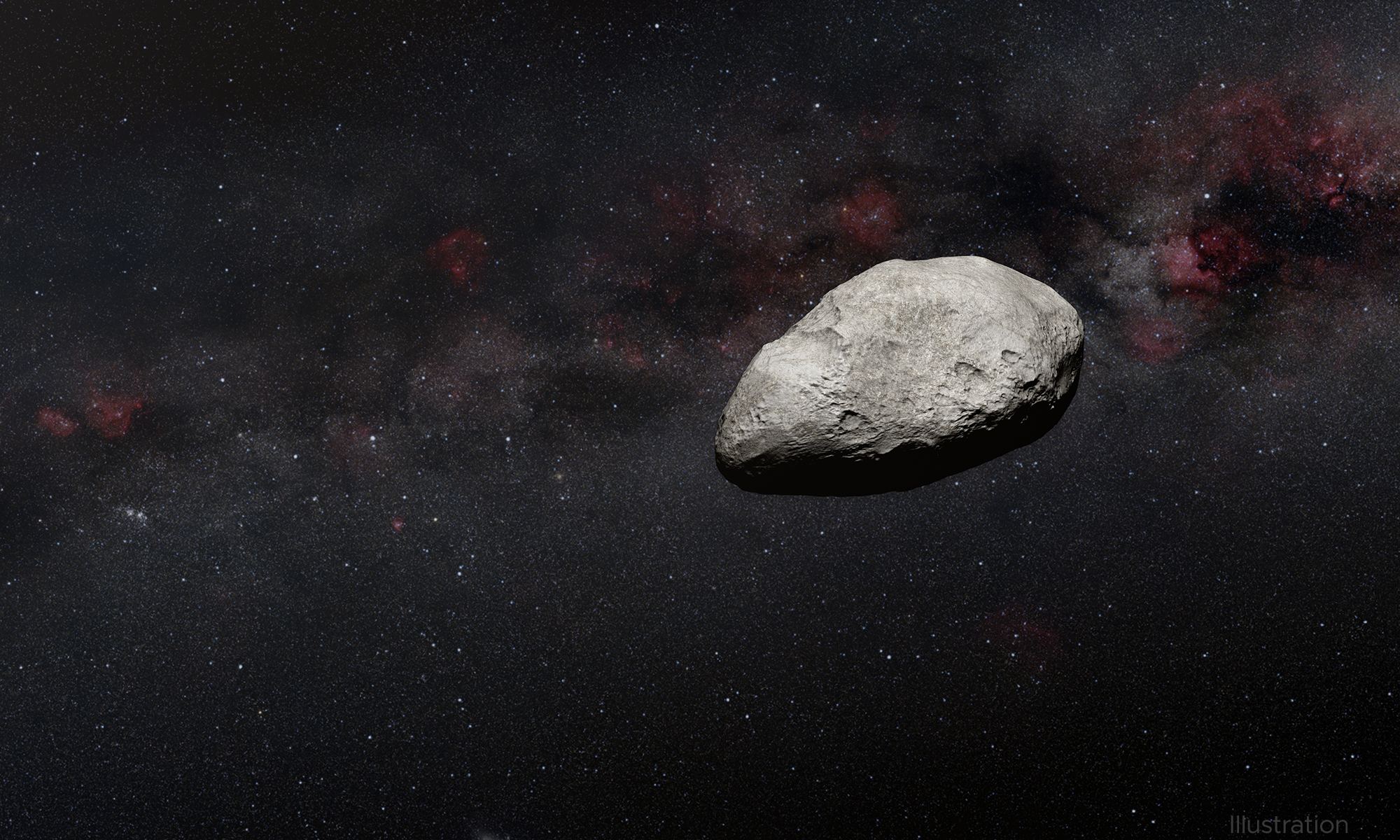NASA’s DART mission (Double Asteroid Redirection Test) slammed into asteroid Dimorphos in September 2022, changing its orbital period. Ground and space-based telescopes turned to watch the event unfold, not only to study what happened to the asteroid, but also to help inform planetary defense efforts that might one day be needed to mitigate potential collisions with our planet.
Astronomers have continued to observe and study Dimorphos, well past the impact event. However, Dimorphos is the smaller asteroid in this binary system, and is just a small moon orbiting the larger asteroid Didymos.
The James Webb Space Telescope (JWST) is the only telescope capable of visually distinguishing between the two closely orbiting asteroids. Now, astronomers have made follow-on observations on the system with JWST to see what happened to Didymos after the dust cleared.
Continue reading “After DART Smashed Into Dimorphos, What Happened to the Larger Asteroid Didymos?”
